Cnidaria

Bubble-tip anemone
Entacmaea quadricolor

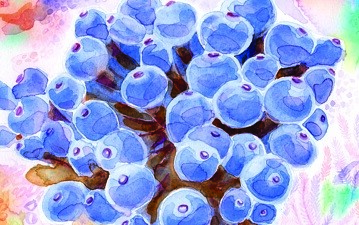
4 POINTS
• Entacmaea quadricolor is a SUSPENSION FEEDER and CARNIVORE of small animals. • It must be played adjacent to at least 1 compatible PLANKTON SPECIES or 1 compatible crustacea or actinopterygii SPECIES of SCALE 4 or less.

Bubblegum coral
Paragoria arborea


• Paragoria arborea is a COLD WATER CORAL.
• Paragoria arborea is a SUSPENSION FEEDER, and needs to be played adjacent to at least 1 compatible PLANKTON SPECIES.

Lophelia Coral
Lophelia pertusa

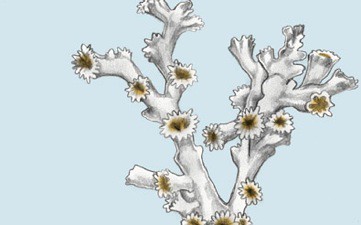
5 POINTS
• Lophelia pertusa is a COLD WATER CORAL.
• Lophelia pertusa is a SUSPENSION FEEDER, and needs to be played adjacent to at least 1 compatible PLANKTON SPECIES.

Hydra Vulgaris
Hydra vulgaris

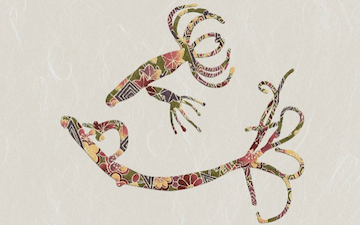
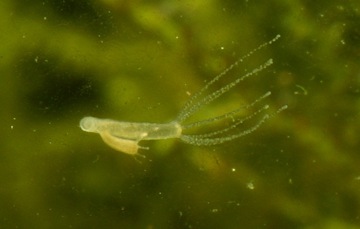
8 POINTS
• Hydra vulgaris has a MOVE of 1.
• Hydra vulgaris can regenerate, does not age, and is considered to be biologically immortal.

Flower Hat Jelly
Olindias formosa

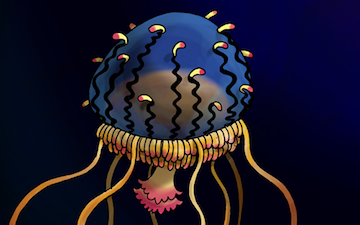
10 POINTS
• Olindias formosa has a MOVE of 2.
Olindias formosa has a sting that is painful but non-lethal to humans.

Pacific Sea Nettle
Chrysaora fuscescens



10 POINTS
• Chrysaora fuscescens has a MOVE of 2.
Chrysaora fuscescens stings its prey with its tentacles to first immobilize them before attacking.